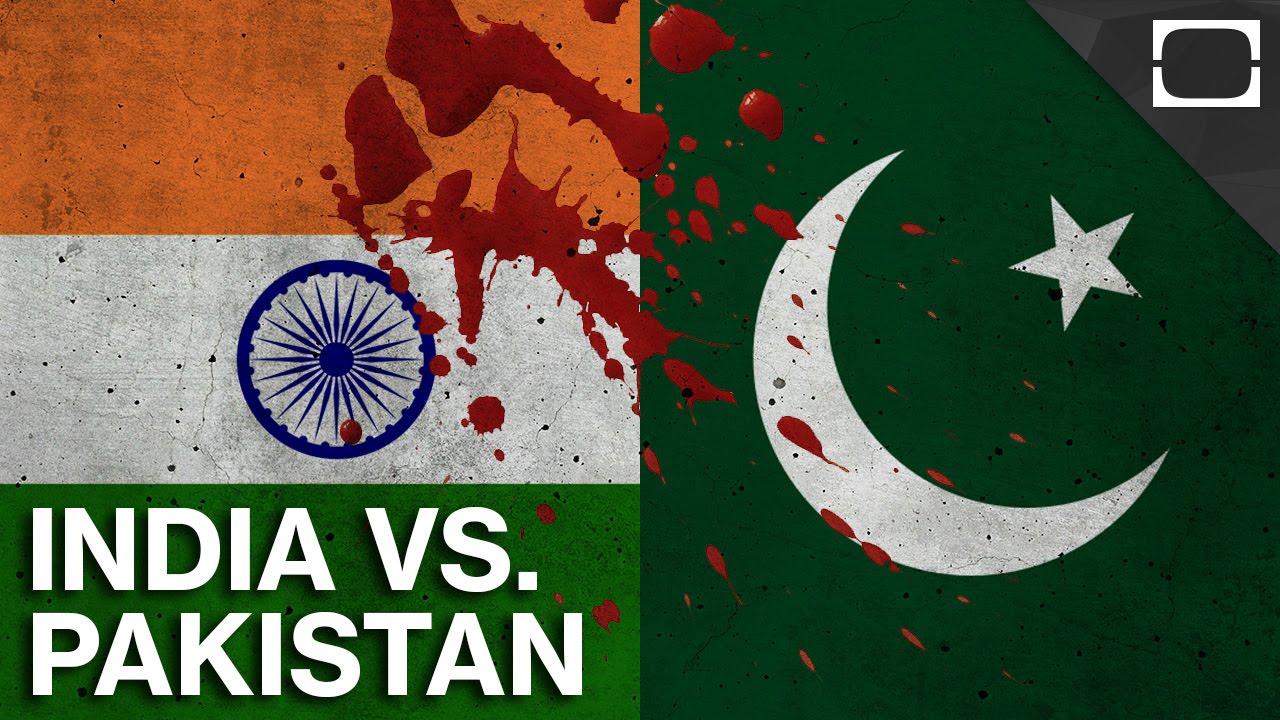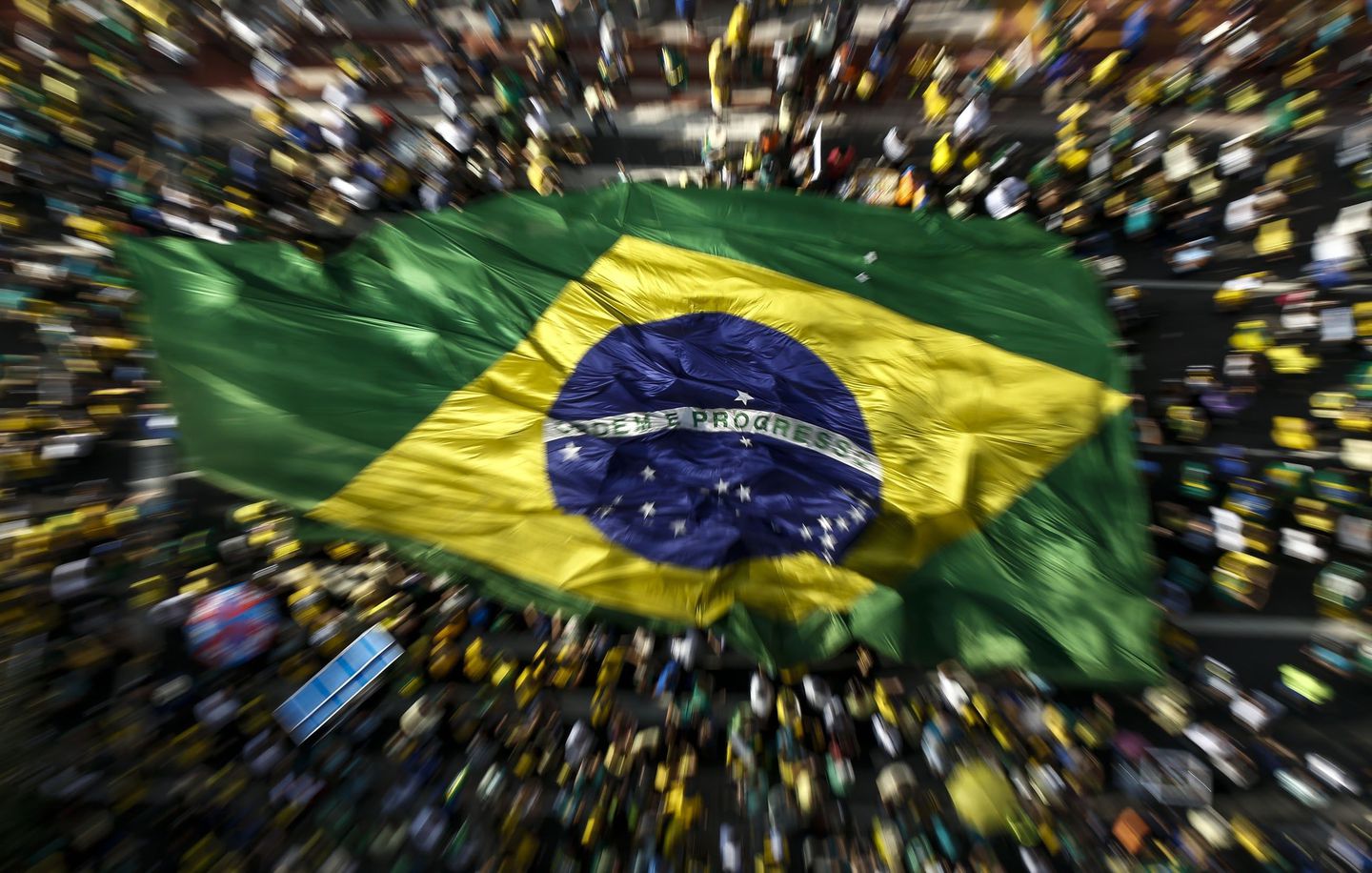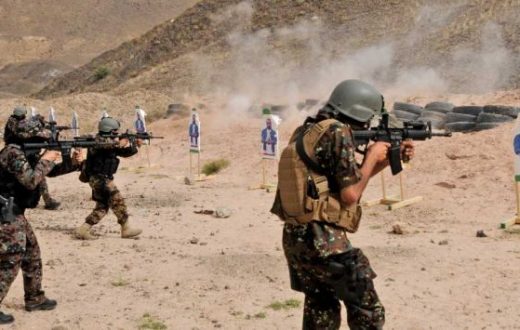Since the British left India in 1947 and that their Indian Empire ended up with the creation of two modern states, India and Pakistan, the two Asian countries have fought several wars. Four Wars were fought , and a countless number of border skirmishes and military stand-offs took place. The Kashmir issue has always been the main cause, direct or indirect . for all major confrontations between the two Asian giants. One conflict also erupted (The Indo-Pakistani War of 1971) not only because of Kashmir but mainly because of the tensions in East Pakistan (that became later Bangladesh).
Background

Credit : Digital Office
The partition of the British Empire and India came in the aftermath of World War II after British India and Great Britain were dealing with a difficult economic and political situation caused by the war and the high number of soldiers returning back to work. Muslims from India wished to create their own independant state and have a clear partition between Pakistan and Hindustan.
The partition was intented to have peaceful relations between the two nations. It was defended by Mohamed Ali Jinnah, the leader of The India Muslim League and Jawarahal Nehru the leader of the Indian National Congress.s the Hindu and Muslim populations were scattered unevenly in the whole country, the partition of British India into India and Pakistan in 1947 was not possible along religious lines. Nearly one third of the Muslim population of British India remained in India.
As a consequences regional violences between Hindus , Sikhs and Muslims caused an incredible number of death just before the partition. These casualties were extremely high and estimated between 500,000 and 1 million victims.
During the partition some territories were ruled by Princes. Among these territories were the Kashmir Region and Hyderabad. The rulers of these territories has the choice between joining India or Pakistan. Both countries wanted to integrate the Kashmir region and thus this region became a flashpoint. The ruler of Kashmir (which had a Muslim majority population , was Indian was as thus decide to join India.
Wars
Indo-Pakistani War of 1947
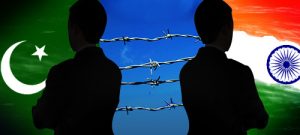
Results : India gained control of two thirds of Kashmir while Pakistan gained a third of Kashmir. The War lasted 1 year and 2 months. India lost 1,500 soldiers while Pakistan suffered 6,000 losses.
This war is also called the 1st Kashm9ir War. It started in October 1947 when Pakistan feared that the Prince of Kashmir and Jammu would decide to join India.J ammu and Kashmir, the largest of the princely states, had a predominantly Muslim population ruled by the Hindu Maharaja Hari Singh. Local Tribal force supported by the National Pakistani Army attacked and took over parts of the Kashmir region. This invasion pushed the Prince of Kashmir to sign the “Agreement to the accession” to Indian to be able to get Indian support and remain into power. Indian army intervened in the conflict and saved the prince and its crown. The UN security Councile passed the resolution 47 calling for an end of the conflict. Gradually the fight and the front solidified along what is known as ‘The Line of Control”. A Ceasefire was declared in January 1949.
Indo-Pakistani War of 1965
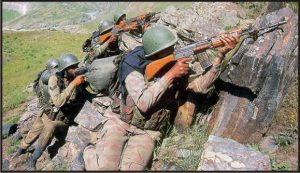
Credit : Asia Times
Results : The War lasted around one month. Both sides lost around 3,000 soldiers each. Minor Territorial Gain for India.
The war started following the Pakistani Operation ‘Gibraltar’ , that intended to cause damages to Indian forces in Jammu and Kashmir in order to foment an insurgency against India in the region. India retaliate heavily after a countless number of small skirmishes from Pakistani Armed Forces and Islamic Militants. India launched a full-scale military attack on Pakistan. The fight lasted only 17 days but caused thousands of casualties on both sides and witnessed the largest fight between armored vehicules and the largest tank battles since the send of World War II. The Hostilities were only stopped when the two superpowers, the US and the USSR intervened and forced the players to accept a ceasefire. This diplomatic intervention permitted the issuance of the Tashkent Declaration , an important ceasefire agreement. Both Nations claimed victory , with Pakistan having caused slightly more material damages to Indian Forces. Still India gained more territory than Pakistan , but these gains were minor.
Indo-Pakistani War of 1971 and Bengladesh Liberation War
Results : Important defeat for Pakistan.First in terms of military casualties : Pakistan lost in this 13 day war, 50% of its navy, 25% of its air force and 33% of its army. They lost an important part of their territory. Birth of Bengladesh. Heavy casualties for the Pakistani Army (9,000 killed) and around 3,000 for India and its Bengalis allies. The War lasted only 13 days.
This war was unique in the way it did not occured because of the Kashmir’ issue. It was rather precipitated by the political battle happening in East Pakistan between Mujibur and Khan and Bhutto the Leaders of East and West Pakistan. Following atrocities committed by Pakistani Forces that forced more than 10 millions Bengalis to seek refuge in neighbouring India. India decided to intervene and help the ongoing popular but weak ‘Bengladesh Liberation Movement”. Pakistan retaliated by launching a large scale preemptive attack but it was insufficient to deter the Indian Armed forces.
Pakistan attacked by surprise India on its western borders but the Indian Army managed to repel them. Indian counter attacked and inflicted a severe defeat to Pakistani Forces conquering more than 15,000 square kilometers of Pakistani Territory , notably in the Kashmir region. ( It later returned these territories to pakistan during a peace agreement). After two weeks of violent and intense fighting the Pakistani forces in East Pakistan surrendered and Bengladesh became an independant state. This war caused the highest number of casualities in any of the India Pakistan Wars. more than 90,000 Pakistan military personel surrendered to Indian forces. Pakistan lost in this 13 day war, 50% of its navy, 25% of its air force and 33% of its army.
The Kargil War of 1999
Results : Indian lost around 500 soldiers. Pakistan lost more than 4,000 soldiers Almost no Material losses. High impact on Pakistani Army’ Morale.
The War took places in 1999. This conflict this time was mostly limited. During early 1999 , Pakistani Special forces infiltrated in Indian territory , beyond the Line of Control and occupied Indian territory in the Kargil district. India retaliated by launching a vast military and diplomatic offensive against the Pakistanis. The fights were mainly in the mountain but slowly but surely after two months the Indian army had slowly took back most of the Pakistani Positions beyond the Line of control. Most of the infiltrators were killed . India was ready to go further and cross to Pakistan, still they were under high diplomatic pressure from the International Community notably the US that seeked peace and wanted to avoid a large scale escalation of the conflict. Pakistan was also under extremely high diplomatic pressure to withdraw its remaining forces from Indian territory.
The Pakistani State facing isolation and fearing a collapse of its weak economy put pressure on its own military to withdraw. The morale of the Pakistani Army became extremely low , especially among the officers corps. After suffering heavy casualties to invade Indian territory they were finally forced to withdraw in a humiliating move. The morale of the army continued to decline when the Pakistani Government refused to accept the dead bodies of many officers , and issue that provoked riots and outrage in the Northern Regions of Pakistan , where its units the “Northern Light Infantry” suffering extremely heavy losses. Pakistan initially did not acknowledge many of its casualties, but Nawaz Sharif later said that over 4,000 Pakistani troops were killed in the operation and that Pakistan had lost the conflict.

